Well here we are... PA is short for 'Public Address System', and comes originally from army bases, and factories & industrial plants etc, before the advent of amplified gigs & clubs. Incidentally, just a bit of historical stuff here: The first amplified rock concert given in the UK was apparently by Tommy Steele believe it or not...
PA systems can be as simple as a mixer going into a pair of powered speaker cabs, all the way up to bloody great 100,000 watt modular systems. Whatever the system, the end desired result is to get the sound to the listener at an even level wherever they are positioned in the venue.
Speaker cabinets are designed to provide the loudest and most balanced sound for a given amplifier input, and utilise different designs to do this depending on the cabinets intended job. Matching the speakers to the cabinet volume & resonance is one criteria, and cabinet design can cause the outgoing sound to be dispersed widely at a short distance for venues such as a small club, or to project the sound a long distance, such as when one wishes to project a sound to the centre and back of a large concert hall or venue. Getting the right cabinet design & positioning makes all the difference.
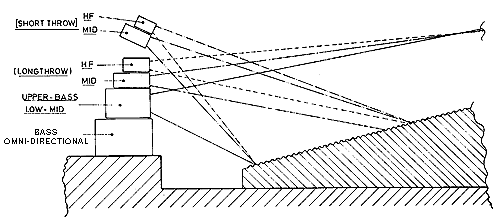
In a big venue, obviously the requirements for a PA sound system are going to be different to that of a system in a small club, even though the volume may actually be higher in the club in proportion to the system used by the large venue.
Above, is a picture of a typical large venue system. The main PA contains the Bass stacks... As you probably know, bass sounds are omni-directional, we don't really perceive them as coming from a directional source as much as higher frequencies... So the bass bins radiate bass out and around the venue.
The lower & upper mid-range stacks, and tweeter/treble units in the main PA are 'LONG-THROW'... designed to penetrate to the back of the hall as well as possible... but this can leave a dead spot around the centre, so to reinforce the signal at the back & centre of the hall, overhead 'Flyers' of mid-range & treble/tweeter units are 'Flown' above the main PA angled downward... These units' cabinets and treble units are of a 'SHORT-THROW' design, and fill out the sound nicely, creating a reasonable balance throughout the venue.
For smaller live venues the main PA would be comprised of solely 'Short-Throw' units... Medium venues would be well covered by a mix of Long & Short-throw units.
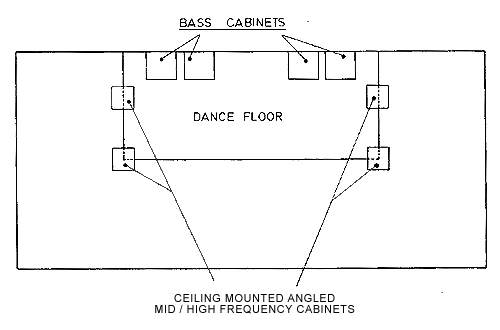
In this picture above you can see a typical club efficient system....The bass-bins pump out bass to the floor, whilst the top end and mid-range is handled by 'Flown' units suspended around the dance-floor. Treble end frequencies are easily absorbed by soft matter such as humans wearing clothes on a dancefloor... so by flying the top-end units above the floor angled downward, and then balancing the mix between the Bass and Mid/Treble with an active cross-over or graphic, you can keep the music crisp and pumping.
I have to say, that this is an art not too difficult to achieve, yet it seems to elude a lot of club owners... The amount of times my ears have had to suffer from over-the-top treble ended systems really p*sses me off, which is why I'm usually dancing somewhere around the back or sides of the main dance-floor or right up front with my head in the bass-bins; in fact anywhere to escape the horrible, sizzling, ear-frying treble caused by a system being driven WAY to loud for it's design!
As I said above... higher frequencies are more directional, and they become more directional the higher up the frequency-range you go. The directional characteristics of a sound is known as the 'BEAM' just like for a car head-light... and Tweeters are the most directional of all.
'Bullet' tweeters give great projection over distances, but have a very narrow conical 'Beam'... You can use 'Slot' Tweeters as an alternative, which give much greater width of dispersion, but don't carry the treble sound very far.
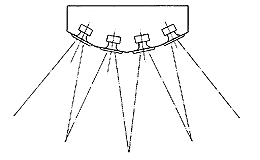
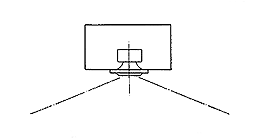
Ok... outside of the odd mega-complex design theories out there, most cabinets or 'Enclosures' fall into 3 basic types:
The simplest of all, being a simple sealed box... just like your average hi-fi speaker. Because there is no way for the air behind the speaker to escape, this design offers the greatest 'damping' effect on the back of the speaker cone. This can be good to get the most out of the speakers power handling, but usually bottom end bass-response is lower than with other designs. So to build a REALLY bass-y sealed-unit requires a damned big box!
Ok... these units add an open port or vent to allow air to escape from inside the box. The size of the port is critical to the 'Tuning' of the system. What you get with a reflex design is greater bass from smaller box sizes, so this technique is often used by hi-fi and monitor speaker manufacturers to get some better 'Oooomph' into the deeper bottom-end of their speakers.
These units are used for bass and bottom mid only, there are various designs such as the 'W' Bin, and they are all extremely complicated to design, but basically the inside of the cabinet contains chambers and tunnels, often combined with reverse mounted or angle-mounted drivers, designed to 'Throw' the bass out over distances. They are used where good high-frequency extended bass response and excellent directivity is required for large venues.
So... That's a few basics... To build up your own system it's probably best to begin with 'Full-Range' modular cabinets. 'Full-Range' means the cabinets contain Bass, Mid & Treble speaker units, kinda like a massive hi-fi speaker... you can multiply these as you expand by simply lining them up side by side.
All you need to go with the Left & Right cabs is a decent stereo power amp, say between 250 & 500 watts per channel, and your decks & mixer.
If you want to expand further from there, you can add dedicated bass-bins, and switch to a 'Bi-Amped' system....
Right... Bi-amping.... nope, it ain't an amp that likes to get it on with other amps of both genders!... It simply means you split the signal coming from the mixer into TWO frequency ranges...
Bass / Lower-mid & Upper-mid - AND - Treble... simple huh?... Most hi-fi speakers & near-field monitor type speakers with a bass/mid & treble tweeter split off the treble to the tweeter at around 10K... but how d'you do that?.... Well, you need to use a cross-over unit...
Right... Tri-amping.... It simply means you split the signal coming from the mixer into THREE frequency ranges...
Bass / Lower-mid - AND - Upper-mid - AND - Treble... simple huh?... You use a Tri-amp system with larger PA systems so you can send ONLY the bass to the bass amp/s & speakers, ONLY the mid-range to the mid-range amp/s & speakers & ONLY the treble to the treble amp/s & speakers.
This way you can also use a much bigger amp to drive the bass speaker cabinets - either a big stereo amp or two mono amps, then you can use smaller amps for the mid-range & treble. Using separate amps you can balance the mix between the three frequency ranges to better suit the venue & speaker performance.
Therefore a typical basic Tri-Amped PA system will have a rack cabinet on wheels (which is really heavy to lift) & in that rack cabinet you'll find the crossover & then 3 amps... one for each of the THREE frequency ranges.
Ok... There are two types of cross-over - Passive & Active - both types split the incoming signal into component parts of different frequencies according to the units design and intended use. The cross-over allows the frequencies in a 'full-range' (all frequencies) incoming signal to be distributed to the correct type of speaker that can utilise the signal best by operating within it's intended bandwidth.
The other function of the cross-over, is to protect against speaker damage that can occur when low frequencies are fed to midrange & treble units.
A passive cross-over is the type as you have inside your hi-fi speakers. It is a bunch of electrical components mounted on a circuit-board that needs NO power supply.
An active cross-over is an electronic device, (usually rack-mounting), which is connected between the mixer & power amps. The frequency spectrum is split by the cross-over before it is amplified, and each loudspeaker recieves it's own correct bandwidth of sound delivered by it's own dedicated amp.
Ok... Crossover points are to an extent determined by the speaker cabinet design, and are mainly influenced by the type and design of speakers used.... But here are the usual cross-over frequency ranges for the various typical system...
What you really want to know is...."How do I make some speaker boxes?"... correct?... Well, the cabinet plans on the right column of this page (or down below if viewing on a small screen) is some stuff just for you.
I scanned all these plans from an old Fane book I got at a car-boot sale for 50p, plus there's some extras like the famous Cerwin Vega cab & a cab design sent in to us by the guys at Celestion UK as well as another plan sent in by Paul C. the US Distributor of Saxrax products.
I have added a plan for a basic 'Full-Range' enclosure that can be used to build a cool system. All you have to do is build 2 of these babies to get off the ground... You can then upgrade by building another pair so you have 4 cabinets in total.
One pair of basic Full-Range enclosures with a decent stereo power amp should be plenty powerful enough for some serious party sounds, then to go larger you simply add more units.
Each cabinet can be made from one sheet of 8' X 4' timber... So before you click for the plans, read this page about construction methods. I've done alot of wood & construction stuff, even a few studio's, the notes & construction tips are taken from my own woodworking experience based on looking at the plans.
Lastly I'd like to add... I'm not an acoustic's 'tech-bot'... These may not be 'State-of-The-Art' etc... 'latest design technology' etc... but that aint the essence of any TRUE 'Dance' music vibe to me.
For me it ALL comes from sound systems, squat-parties, warehouse-parties, house-parties, community-center jams, street-jams, small clubs etc etc... These boxes follow the fixed laws of acoustics well enuff for that scene... they just aint like for your Metallica concert in a football stadium!
So I just thought these plans would be useful to bang up some boxes of a weekend for those kinda activities... When we were starting we had like some crappy 200 watt DJ-unit with speakers ting... big but crappy with an amp... we thought it was superb, you could blast anyones cheezy hi-fi away for parties, so you get asked to do parties endlessly!! :-) .. THAT is the whole flippin idea of having a little sound!... serious... some people start off at school or college with a few crappy but LOUD boxes they knocked up, and play parties after parties, and in a few years they are doing a club etc... Thinking back, I can remember the sound of that system we had... it was well off, and boxxy as hell !!, but it had BASS & THUMP!!... & it was loud!
Boxes like the ones the plans on this page will make are a BIG step up from that sort of cheap 'disco' kit we used to play parties with... and in quantity, adding units together, these designs can fuel a decent sound just fine; well up to playing house-parties, smaller-clubs & warehouse gigs etc... and when you go to those sort of gigs this is the sort of boxes you hear :-)
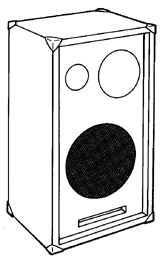
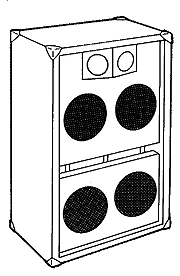
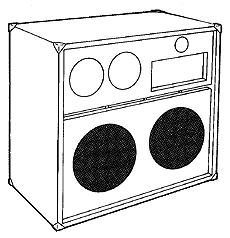
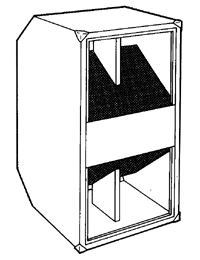
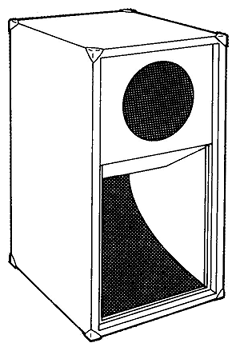
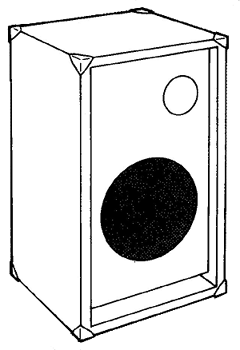
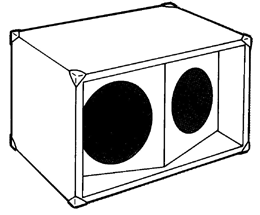
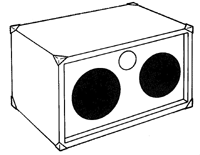
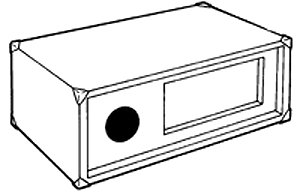
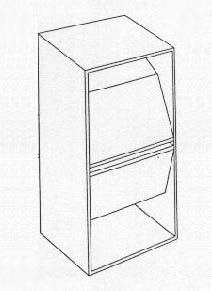
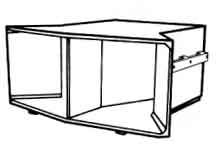
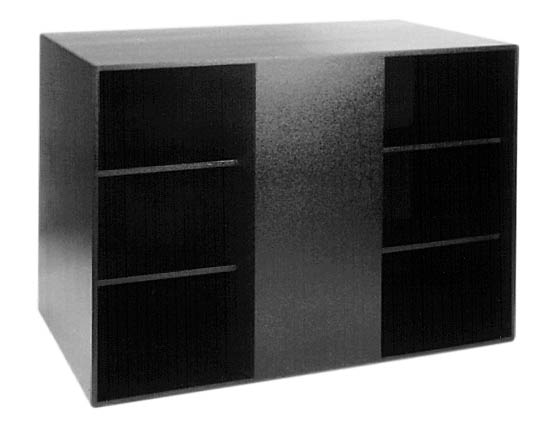
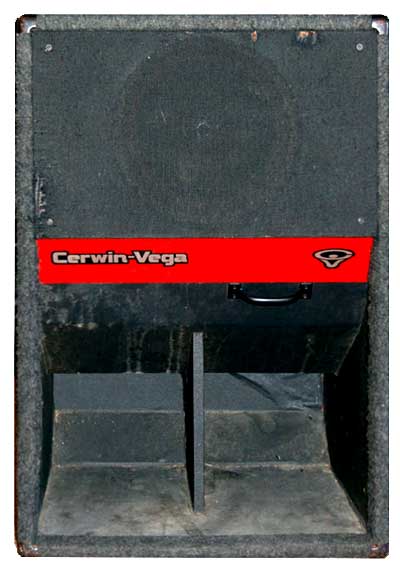
James
23-July-2020
Heading
Heading
Heading
Add a review or comment